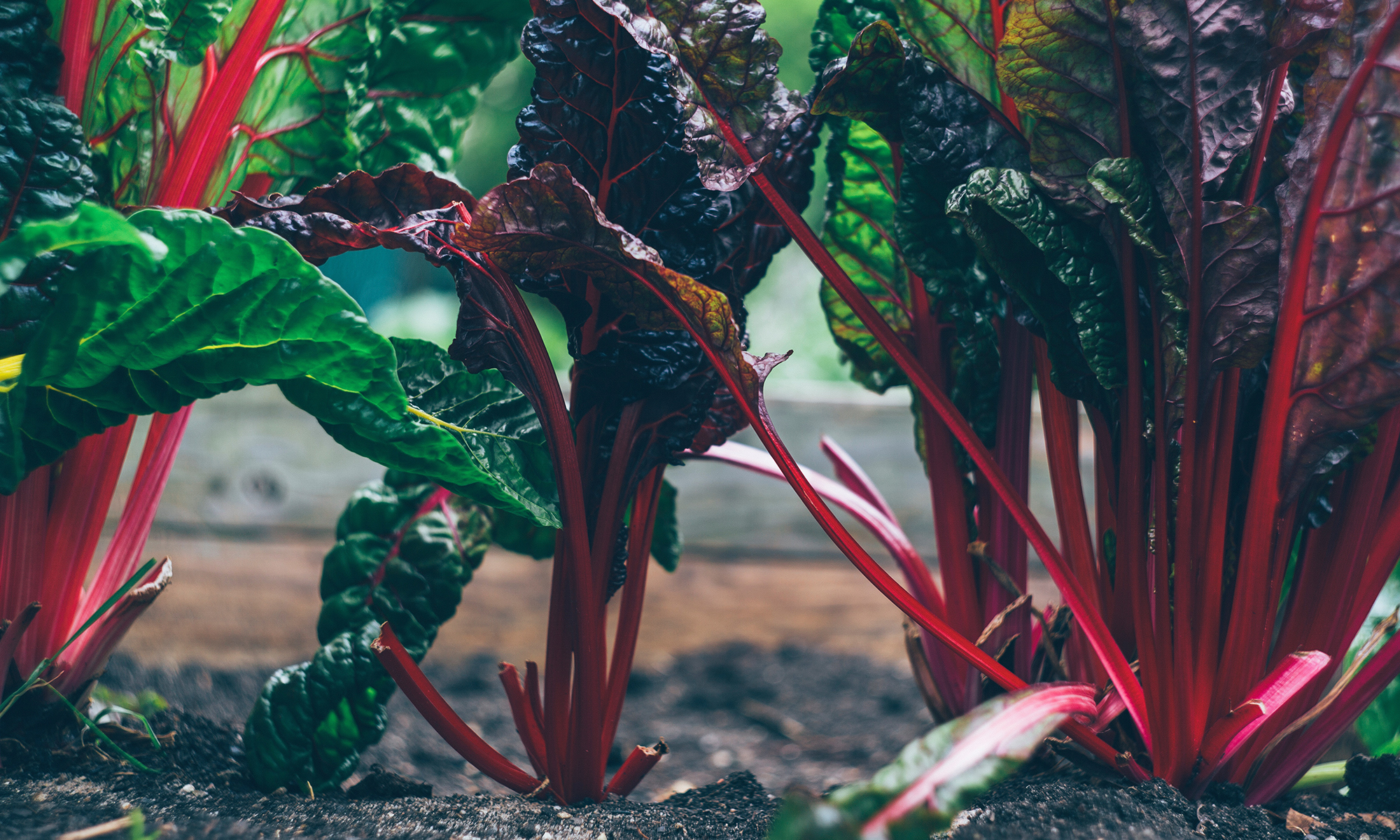My sister and her family came to visit last week. They don’t make the trip often – flying up four people (from Richmond) is downright expensive. And because they are orthodox Jews, finding a time that does not interfere with school, work and Shabbat can be most challenging.
When they do visit, I try to accommodate their religious lifestyle. The biggest challenge is kashering my kitchen (the act of making my kitchen kosher). The Jewish dietary laws require the separation of milk and meat (which translates into separate dishes for milk meals and for meat meals) and a prohibition on pork and shellfish. Because I don’t cook kosher, I cannot cook for them in my kitchen as is, even if I buy all kosher ingredients. I need to go through a ritual process that cleanses my kitchen of traces of "treyf." Obviously, my kitchen is regularly cleaned and sanitized, so there aren’t really remnants of pork or lobster on the counters or even in the dishes. But that’s not the point.
I have separate dishes in the basement that I use when they visit, as well as a few pots and pans. I even have a dish-drainer just for them (we can't use my dishwasher since it can't be ritually kashered). I also need to take care of the oven, counters, stovetop, sink and a few miscellaneous pieces of equipment (tongs, my fish spatula) that I don't have extra. The process takes me about two hours. Sometimes I think I’ll just pretend, and tell my sister I actually did it for her. But it’s so important to her, that I can’t deceive her like that.
This is what I do:
1. Turn the oven on self-cleaning. I think I only need to do this for one hour, but my oven requires a minimum of 4, so that’s what I do.
2. Boil a cup of water in the microwave until it has evaporated.
3. Turn all burners on high for an hour.
And then it gets a little complicated….
4. Bring a large pot of water to a boil. I do this while I’m doing step 3. The pot has to be really big – because it is into this pot that I’ll dip anything that’s not kosher that I’m trying to make kosher. I’ll put in some extra pots and pans, some cooking utensils and even a cookie sheet or two. It also has to be really full so that when I drop a rock into it, the water will overflow. This is to mimic free flowing water.
I could also take everything to a body of free flowing water (like a river or ocean) and dip it in there. Perhaps that would be easier.
5. So when the water boils (and I have to make sure I’m done with step 3 by this point), I drop a rock into the water so it overflows.
This is the part I hate the most. I stare at the pot, wondering if when I drop the rock in, the water will overflow. If it does, I’m following ritual, but I know it will create a huge mess.
6. I then take cup fulls of water and pour it all over the counters and sink.
7. Once the sink is kosher, I can start kashering all the utensils and pots. I submerge them into the water and then run them under cold water.
And that’s it! Seven easy steps to make your Jewish friends feel welcome in your home.
My cooking simplifies when I'm cooking kosher, mainly because I don't have the little tools like a blender, cuissinart or kitchen aid.
Pan Seared Halibut with Cider Reduction and Roasted Vegetables
2 cups fresh pressed apple cider
1 pound brussels sprouts
2 tbs. olive oil
2 pounds parsnips
2 sprigs fresh thyme
1 butternut squash
1 onion
1 apple
1 tsp. curry powder
1 stick butter
1 cup cream
4 pounds halibut, cut into 8 portions
1/4 flour
salt and pepper to taste
- Pre-heat oven to 400F
- Put apple cider in a pot over high heat and reduce by half.
- While the cider is reducing, prepare the vegetables: Cut the Brussels sprouts in half. Toss with olive oil, salt and pepper. Place them on a baking sheet, cut side down and roast for 20 minutes, or until browned on the bottom side.
- Peel the parsnips. Cut into wedges. Melt 2 tbs. of butter. Toss parsnips in melted butter, salt, pepper and 1 sprig of thyme. Put on a cookie sheet and roast until carmalized brown on the bottom side, about 30 minutes.
- Peel the butternut squash and apple. Cut into a small dice. Peel and dice the onion. Heat a large skillet over high heat. Melt the butter. Add onions, apple and squash. Cook, without stirring, until they start to brown. Stir occasionally. Add curry powder, salt and pepper to taste. Continue cooking until squash is tender.
- When cider is reduced, add cream, and continue to reduce by half again.
- Heat a large skillet over high heat. Season fish with salt and pepper. Dust with flour. Add oil and thyme sprig to pan. Cook halibut until browned. Flip over and cook for 2 minutes more.
- Serve halibut with sauce and roasted vegetables.
